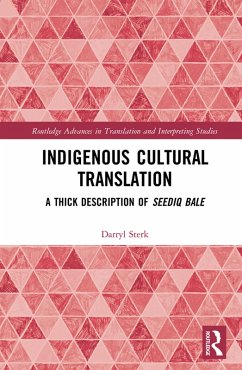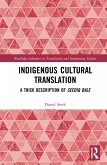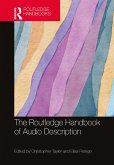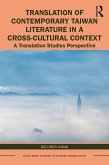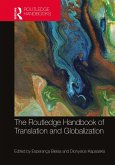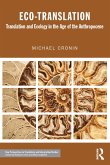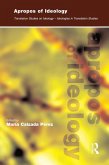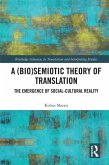As a "thick description" of Seediq Bale, this book describes the translation process in detail, showing how the screenwriter included Mandarin translations of Seediq texts recorded during the Japanese era in his screenplay, and then how the Seediq translators backtranslated these texts into Seediq, changing them significantly. It argues that the translators made significant changes to these texts according to the consensus about traditional Seediq culture they have been building in modern Taiwan, and that this same consensus informs the interpretation of the Musha Incident and of Seediq culture that they articulated in their Mandarin-Seediq translation of the screenplay as a whole. The argument more generally is that in building cultural consensus, indigenous peoples like the Seediq are "translating" their traditions into alternative modernities in settler states around the world.
Dieser Download kann aus rechtlichen Gründen nur mit Rechnungsadresse in A, B, BG, CY, CZ, D, DK, EW, E, FIN, F, GR, HR, H, IRL, I, LT, L, LR, M, NL, PL, P, R, S, SLO, SK ausgeliefert werden.

